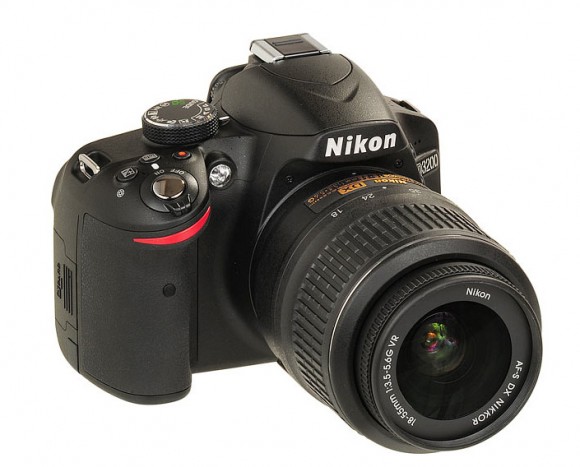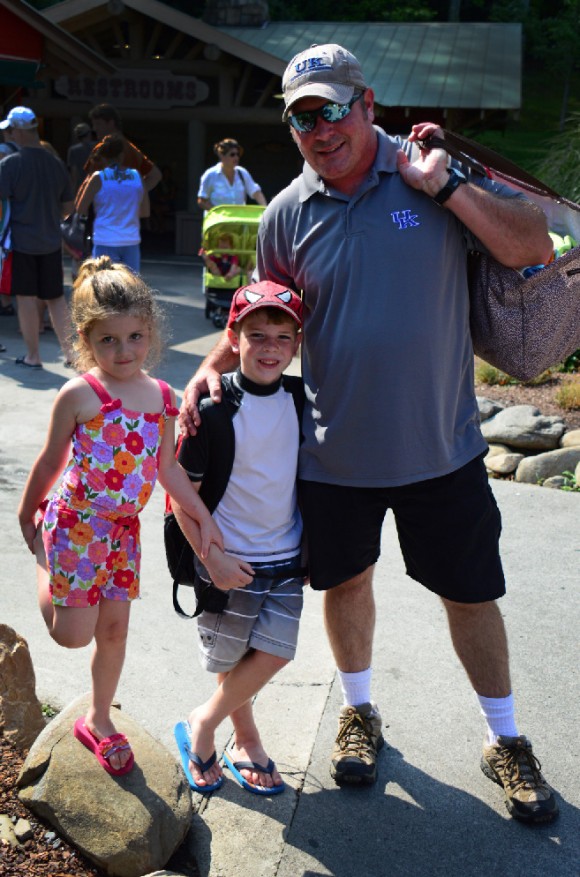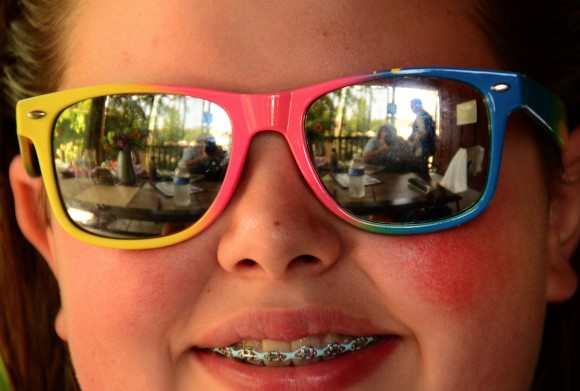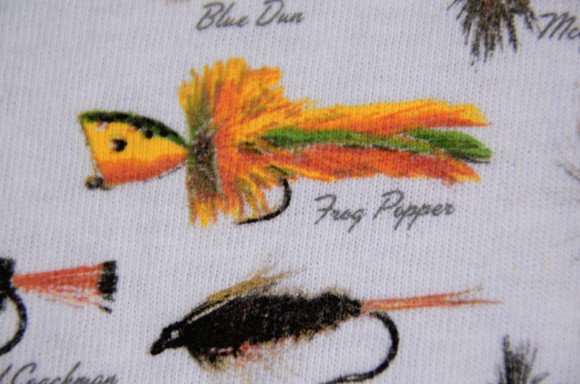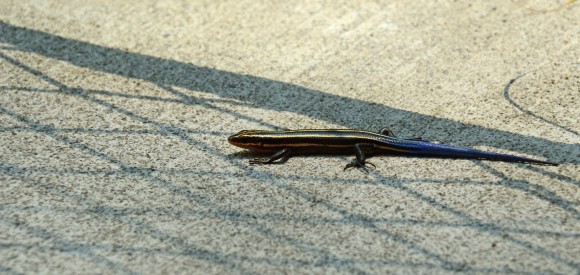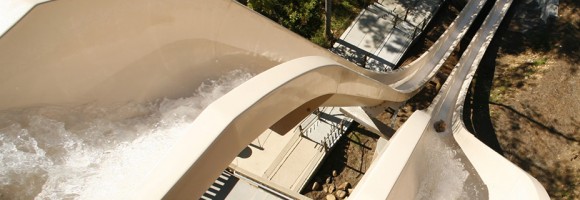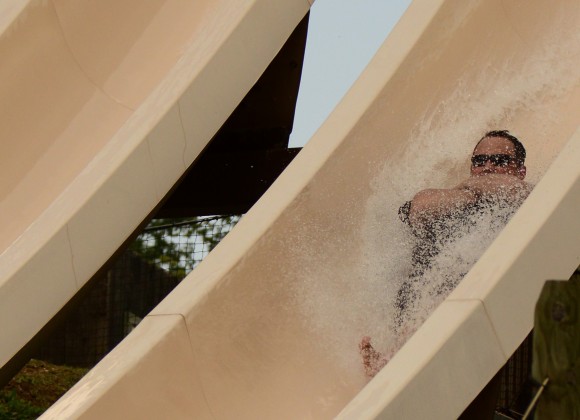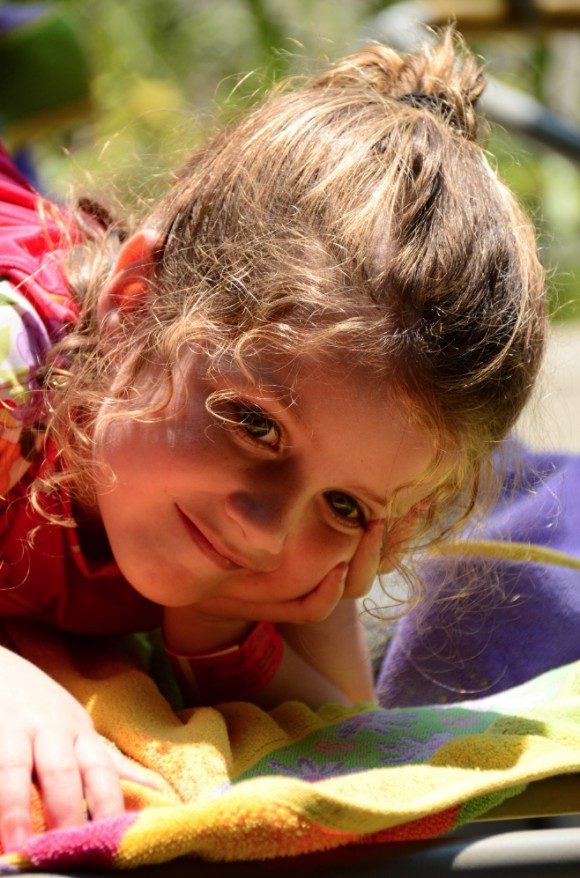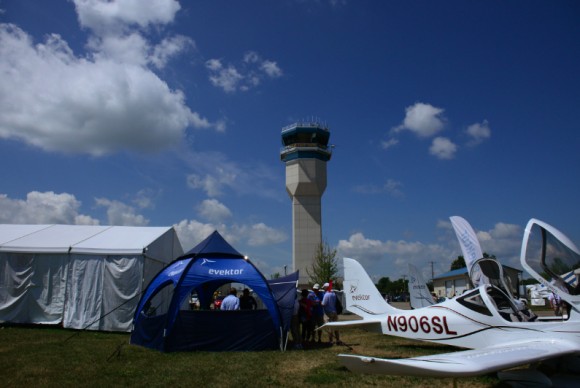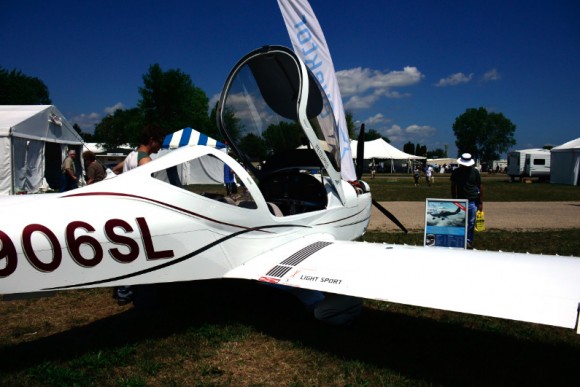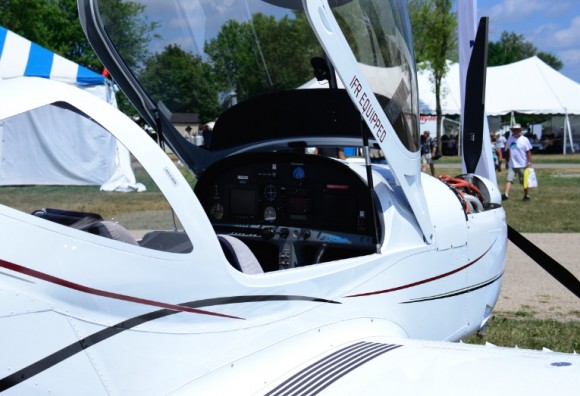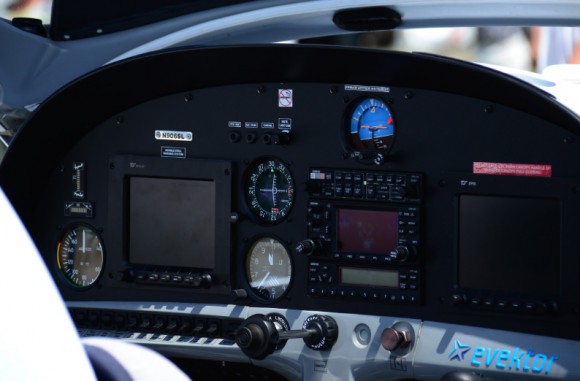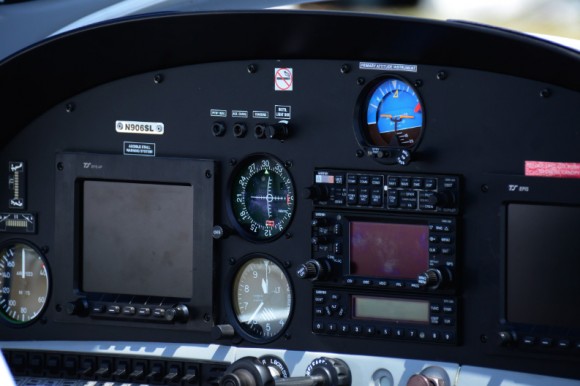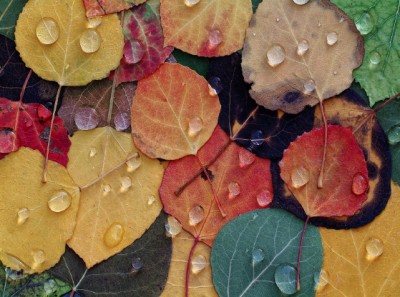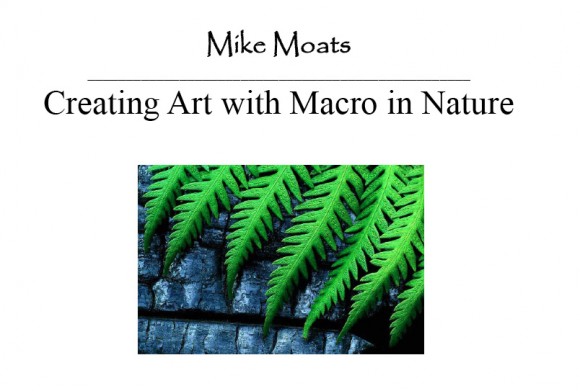Category : The Learning Center
I started thinking about this on the plane yesterday, flying down to Austin. I often challenge myself to see what I’ve learned from experience. I think you will find this a unique list of thoughts, and I’m pretty certain, if you take them to heart, they will make a big difference in your work!!!
1. Always have a camera with you. Murphy’s law says, “the best shots happen when your camera is at home!” Even a small pocket point and shoot or your iPhone will work fine in a pinch!
2. Practice learning to see and understand light. Where is it coming from, what is it’s quality, and most importantly what is it doing to the subjects around you?!
3. Look for color that stands out from the background, both screaming color and muted tones, then crop down to just a photograph that is color for the sheer sake of color.
4. If you can’t or won’t carry a tripod, work very hard on your handholding technique. Learn how to use solid structures to brace yourself against. Determine what is the lowest shutter speed you “know” you can hand hold and still get sharp images, and then discipline yourself to stay above that speed. Practice exceptional technique! If nothing else, consider a good quality small table top tripod that you can keep handy.
5. Except when driving, use a zen like calmness to truly visualize your surroundings. Take the time to find all the intricate patterns, line, color and light interplay that make for great images. You will find the more you look, the more you will see!!
6. Shoot wide, tall, close, then even closer, and shoot from all angles, high to low. I even learned to fly an airplane so my tripod could be 500 feet tall!
7. One camera and one lens of exceptional quality are better than two mediocre cameras and 10 lenses. It’s actually easier to make great photographs the less you have to think about the equipment. Though quality equipment matters, it’s your vision that matters the most!!!
8. Study the work of others, on the internet, like 500 pix.com, and great magazines like National Geographic, Geo, or old copies of Life. Exposing your photographic soul to great work will inspire you to see differently, and expand your own vision and approach to the most common of subjects. When I need a visual pick up I study the work of Christopher Burkett, Bill Cox, Mike Moats, Scott Kelby, Jim Begley, and Art Wolfe. I walk away every time convinced that I have so much room to improve!!!
9. Practice, Practice, Practice. My best periods as a photographer, over the last 43 years, have been the times that I was most active as a shooter! Practice may not make perfect, but it sure makes you a lot better!!!
10. Have fun! The best work comes out of a great enthusiasm for the craft, light, and the incredible visual treat around us, that we call the world! Smile, you’re behind the camera!!!
In Him,
the pilgrim
This post has 1 comments. Click here to read them
This entry was posted on Thursday, August 9th, 2012 at 12:25 pm
You can follow any responses to this entry through the RSS 2.0 feed.
I’m still feeling the after affects of watching Scott Kelby’s new class on travel Photography. I think for most of us, most of the time, a one camera, one lens system for travel, actually makes a a lot of sense. So I decided to put it to a “Real World Test”. I took Tuesday afternoon and Wednesday off to spend a little time with the family, (after working for 8 straight days), and took them to Dollywood Splash in Pigeon Forge Tennessee. The number one rated water park in America, according to several Travel Channel editors, and one of my clients, I actually got a short pro visit in as well!. I used the new D3200, a 24 mega pixel, compact DSLR and the 18-300 Super Zoom we talked about yesterday, (sorry day before yesterday). This time I used it just like most consumers would, hand held! In spite of the fact that the 18-300 has VR II and it works well, it is still not a fair test because of the 66 year old man hand holding the camera. What follows are the kinds of pictures all people shoot on this kind of day out with the grandchildren.
Keep in mind that the goal of this kind of photography is different from the way many of us think about the photographic process, and in many ways, that’s good. I have recently been making a number of images with my iPhone, mostly because it was the camera I had handy when I needed to photograph something. I believe that reverting, from time to time, to point and click photography can really help you recapture the reason you started doing photography in the first place. In my home I have a series of images spread over several rooms they are 24X36 prints and larger. Most “normal” people, (not photographers per se) that come into my house stand back four or five feet from the prints and comment on them, mostly that they think they are lovely, thank you! Photographer friends approach the prints completely differently, they stick their noses right on the prints surface looking to see just how sharp they are, or looking for noise. The regular person wants to see what the photograph is about, the photographer wants to examine the minute details and look for flaws. It’s all a matter of why we do photography in the first place, and my point is that we need to get back to making images for the sheer joy of capturing things that matter to us. Yesterday with my family, I was with the people that matter most to me, and I wanted to capture them, and not worry about noise, or tack sharpness. O.K. I worried just a little!!!
I believe that most people that buy a D3200 and decide to use one lens to cover it all like the 18-300 will approach photography from a less clinical perspective. Before we examine the days shoot, let me make one thing clear, the D3200 is a very capable camera that if used with great care and technique, (tripods, support, etc), can produce images that are virtually indistinguisable from the most expensive cameras we make! The point is it can make perfectly wonderful images with a more leisurely attitude about the capture method.
Simple point and shoot, family portrait of Wesley, Elijah and Abigail.
Another shot of Cassidy in her glasses of many colors!
One of the neat things about the 18-300 is the ability to shoot close-ups from the 450mm end of the range (300 X 1.5 crop factor) The shot below is a full shot of a T-shirt my son-in-law Clint was wearing with illustrations of fishing flys, the close-up is what the lens can do in terms of close focusing ability. * Keep in mind that his was a hand-held close-up shot at 450mm equivalent @ 1/80th of a second!!!!!!! The VR II really works even if it is not tack, tack sharp!
While we are on the subject of close-ups and technique, my granddaughter, Cassidy, saw a blue tailed lizard and snatched the camera to stalk it, her technique was better than mine, no big surprise!
The family went over to ride the big water slide called Fire Tower Falls, a water slide with a 70 foot vertical drop!!! I participated by being the photographer! Below is The Dollywood shot from the top and my very tightly cropped (about 1/4 of the full frame) of Clint coming down the chute! 24 mega pixels sure is handy when you need to crop to get the shot!!!!
Finally, the real reason for this kind of camera, in my set of gear, is capturing candid image of family members. Below are two shots I got of my youngest grandchild Abigail. Even though they and stand on their own I couldn’t resist showing a 100% crop below them to show just how sharp this camera lens combination can be!!
100% crop from top image of Abby, shows just how sharp the 18-300 can be!
This proves what the 18-300 is capable of and remember this is a hand-held shot at 1/800th of a second at ISO 400 and a focal length of 300mm equivilant.
So my final thoughts are that we keep seeing better cameras, with more capabilities, with each new model. This D3200, which will sell, with a kit lens, for around $700. is a great camera for any family outing, and if used with good technique is capable of outstanding results. It’s also light, compact and has tons of resolution 24 mega pixels. Even with the 18-300 you are still talking about around $1,700. Not a lot of change for a camera, lens combination with tis kind of capabilities!!
Better than anything else was a great day, having fun, with the family I love so much! Thanks to Sherelene, and my Heavenly Father!!!!
the pilgrim
This post has 2 comments. Click here to read them
This entry was posted on Thursday, August 2nd, 2012 at 2:33 pm
You can follow any responses to this entry through the RSS 2.0 feed.
Years ago when I was running the GAPW, (Great American Photography Weekends), one of our star speakers, John Shaw, used to love to say he was waiting for Nikon to make the 14-600 mm zoom that was an f 1.4!!! Well it was a joke because everyone knew that such a lens was virtually impossible and if it could be made the front element would have be six feet across! He also would say that if he had such a lens he would have to own two, just in case he dropped and destroyed one and lost his entire lens system! Even though that was 25 years ago, it still actually holds a little truth. First, such a lens will likely never be made, Secondly, having all your eggs in one basket is dangerous. Fast forward to today. The optical engineers are doing things we never dreamed they could do and super zooms are becoming a reality. Nikon makes two zooms that have created a lot of interest, the 28-300 FX lens and the 18-300 DX lens. This mini test is on the 18-300 DX Super Zoom. When placed on a DX sensor camera this lens give the equivalent image size of a 28mm to 450mm lens, an astounding range. This is cool on in itself, but it would mean little if the lens was not sharp. The lens is not a f 1.4 but at f 3.5 to f 5.6 and given the great high ISO performance of current cameras, it’s very reasonable speed indeed. Below I’ve shown two series of shots with the lens on a D800 in Crop Mode yielding a 15 mega pixel image. The camera is tripod mounted and the images were shot at ISO 400 on a very bright day to assure a fast shutter speed to aid in getting sharp images. Having done all of that the sharpness is pretty much up to the glass in the zoom!!!
The first series is of the tower at Oshkosh Air Show, the settings are from first to last; 18mm – 50mm – 200mm – 300mm
The next shot is of an airplane zooming in on the panel, same zoom range as above.
Summery of what I think so far. This lens is a kick to use, it is tack sharp, and works beautifully. It is still an entire lens system in one lens, so I still have that fear of destroying it on an important trip, but then in 43 years of photography that has never happened, (to me), so maybe I’m being too paranoid??!! I just watched Scott Kelby’s class last night on Travel Photography, which I highly recommend, and he says his standard system for travel now is a FX sensor body (D700) and the big brother to this lens the FX 28-300. Hard to argue with Scott, and I do agree that your photography will be better the less you carry!
The less you think about gear and the more you think about the subject and the light, the better the images get! For that reason alone this is a killer solution for people using DX cameras! I have to call on some clients in East Tennessee for the next couple of days so i will take just the new Nikon D3200 camera and this lens and see how it works on a trip with a variety of imaging possibilities! For now, dang it, I’ve got one more lens I feel like I have to own!
the pilgrim
This post has Comments Off on Great, One Lens Option……. comments. Click here to read them
This entry was posted on Tuesday, July 31st, 2012 at 2:17 pm
You can follow any responses to this entry through the RSS 2.0 feed.
I would like you to meet a new friend of mine, actually I’ve known Mike Moats for some time and he was very gracious to help me when I did the close-up classes for Kelby training. I want to introduce you to him and his work, and give emphasis to how we, as photographers grow through out associations. If you believe you know everything and need no help, it’s time to get over your delusions!! We all learn from one another and the mark of good shooter is they steal or borrow as much knowledge as they can from others, whose work they admire. I really admire Mike’s work! Before I get into some information about Mike let me take you back about forty years and tell you that I’ve been blessed to get the chance to learn from some of the great masters of close-up shooters past! Greats like John Shaw, Larry West, John Netherton,Tony Sweet, David Middleton, and Bryan Peterson. There were many more including one of my favorite teaching partners of all time, Cliff Zenorl All of these people taught me a lot about close-up work.
When I started to get into close-up photography again I looked at the work of the current masters; the late Nancy Rotenburg, Charles Needles, and Mike Moats. Back to Mike, Mike is a really nice guy and a tremendous close-up artist. One of the things i like most about his work is his utter lack of ego about it! He could easily be egotistical, but he isn’t. When we got to visit at length in Amherst at NECCC he shared with me that he used the D7000 not only because of how capable it was an it’s great advantage with the 1.5 crop factor, but because he wanted his students to see just how good of work you can do without spending thousands for camera body. I was impressed with his philosophy!
Mike is an artist, he makes images that are more than technically perfect, he makes a strong artistic statement. I believe anyone that has watched my Kelby classes and wants to learn more needs to be familiar with Mike’s work, his eBooks and workshops. Here are some links to Mike, followed by some of my favorite Mike Moats images! Enjoy!
www.mikemoatsblog.com
www.tinylandscapes.com
www.mikemoatsbooks.com
I told you, you would love his work!!!
* All images copyrighted to Mike Moats
Blessings,
the pilgrim
I can highly recommend his new book below!!!!
This post has 3 comments. Click here to read them
This entry was posted on Wednesday, July 25th, 2012 at 7:06 pm
You can follow any responses to this entry through the RSS 2.0 feed.




